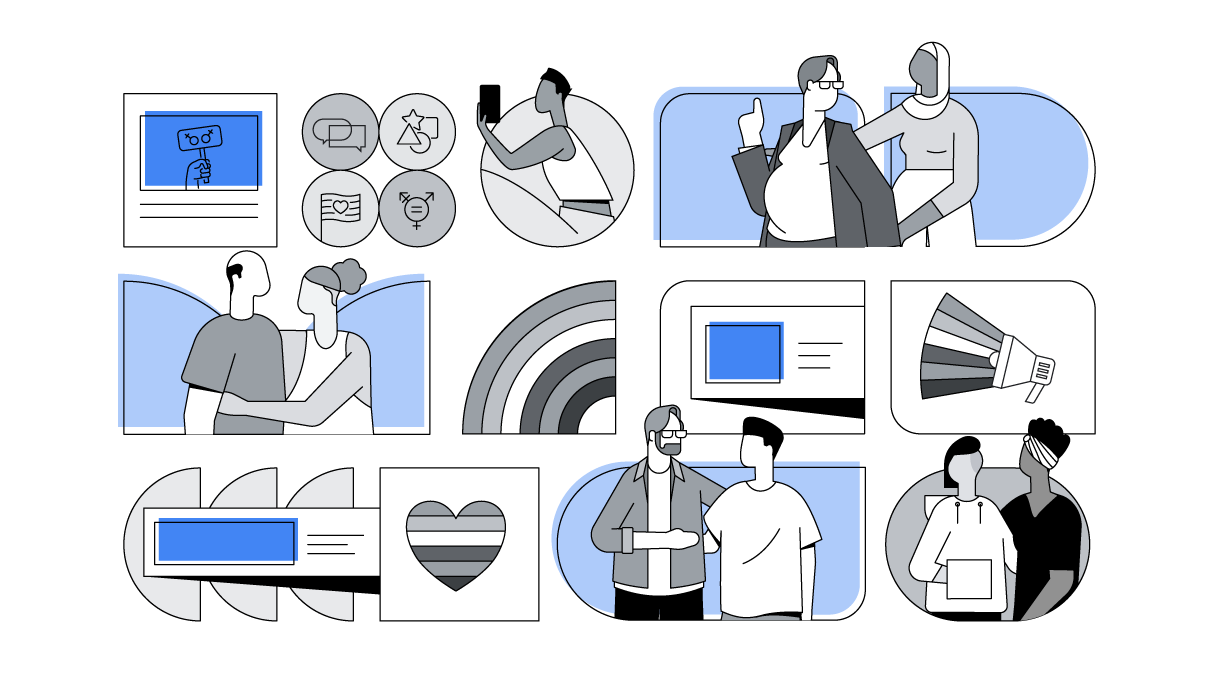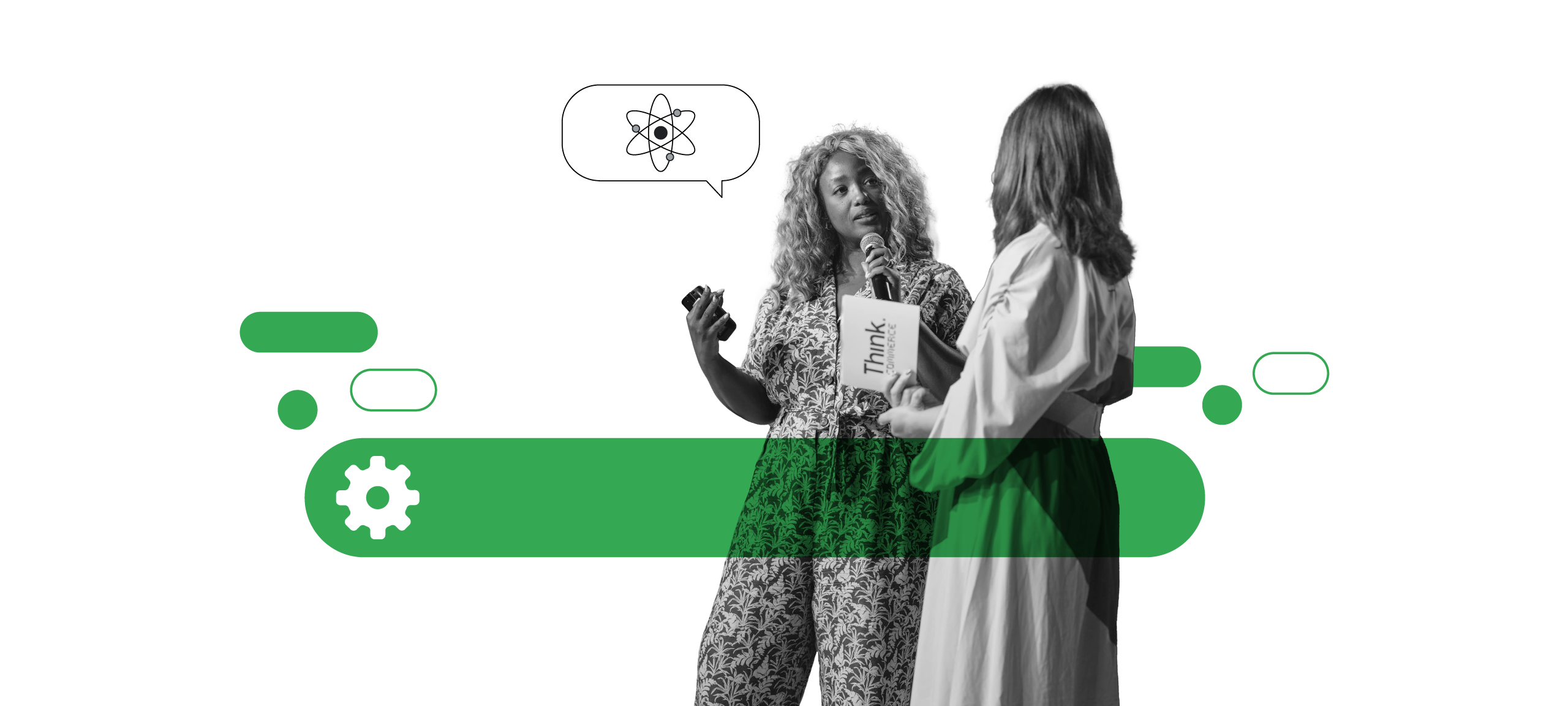Dom Hyams is global client director at Purple Goat, a U.K.-based, award-winning disability-led marketing agency. He’s a strong advocate for accessibility in the workplace and in marketing — and sees huge potential in AI to make employee and consumer experiences more inclusive.
One of my first big jobs was in TV production for the London 2012 Paralympics. As someone with a disability, this project was life-changing, showing the immense power of media and marketing in shaping perceptions in society. It lit a spark in me to work on more inclusive projects — so when Purple Goat came along, I jumped in with all four wheels.
More than a decade on since those momentous games, the marketing industry has progressed. But intrinsic barriers that exclude disabled people still remain, affecting everything from creative output to the design of digital experiences.
If AI is indeed the fourth industrial revolution, we have a chance to make experiences more equitable and inclusive from the outset.
This is a huge miss, considering that nearly 24% of the U.K. population lives with a disability. With AI, we have an opportunity to change this narrative — to build digital experiences that are accessible and usable by as many people as possible, regardless of their age, gender, ability, or background. This advancement opens up opportunities for growth and equity, but it requires commitment and a willingness to learn.
What you can do right now: Boosting accessibility and productivity with AI
At Purple Goat, more than 50% of our team has a disability. We’re already seeing first-hand how AI can profoundly and positively impact everyday tasks and help the disabled community overcome challenges online.
For example, some of our neurodivergent staff use AI-powered platforms such as Goblin.tools to organise complex marketing projects into manageable steps and avoid data becoming overwhelming. It can also assist with task prioritisation, analyse email tone, and help estimate realistic timeframes, giving neurodivergent individuals confidence in doing their best work.
Externally, the impact is just as significant. We employ AI for captioning videos, generating sign language, and providing image descriptions (alt text). And we also use sites such as The A11Y Project to help ensure our marketing materials are accessible.
There’s really no excuse for marketers not to experiment and begin their journey towards creating more inclusive experiences across all touchpoints.
Generative AI, such as Google’s Gemini, is also unlocking enormous opportunities. It’s already proving its worth by helping us analyse vast amounts of search trends and user data, as well as quickly find relevant sources on the value of engaging in inclusion as a growth opportunity for clients.
By uncovering the demographics, accessibility needs, and language preferences of diverse audiences, we can ultimately craft more inclusive campaigns that better reach and engage people with disabilities. This could involve adjusting content formats, language choices, or even website layouts based on user preferences.
Most of these tools are free or low cost, readily available, and offer clear benefits. There’s really no excuse for marketers not to experiment and begin their journey towards creating more inclusive experiences across all touchpoints.
What comes next: Building AI solutions with accessibility front and centre
We can’t predict the future, but we can learn from past mistakes. With similar transformational moments like the shift to digital and the shift to mobile, accessibility has too often been an afterthought — a feature to be retrofitted later with still plenty of work to be done.
For example, supposedly helpful features on headphones and VR sets, such as double-tapping or sliding controls, can actually prove challenging for someone with brittle bones like myself. On a broader scale, a recent analysis of the top million global websites revealed 56 million accessibility errors — an average of 56.8 errors per page.
If AI is indeed the fourth industrial revolution, we have a chance to make experiences more equitable and inclusive from the outset. But — and it’s a big but — it shouldn’t be seen as a shortcut or worse, a way to bypass communities altogether. AI can support brands to improve diversity, equity, and inclusion, but it can only reach its full potential when the communities themselves are involved in the design and development process.
With similar transformational moments like the shift to digital and the shift to mobile, accessibility has too often been an afterthought.
We exist as an agency because having lived experience in the room creates better outcomes when engaging with the disabled community. Empathy can only take you so far. To deliver top-tier work that effectively resonates with communities and their experiences, you need lived experience. That extends to AI solutions too. If we only use historical data, we risk baking in thinking that includes the barriers, stereotypes, and misconceptions we are trying to avoid.
No one has all the answers right now. The key is to stay curious, experiment, and embrace these technologies. Only when AI-powered solutions are integrated and thoughtfully designed with accessibility at the core can they truly empower the community and benefit society as a whole.





